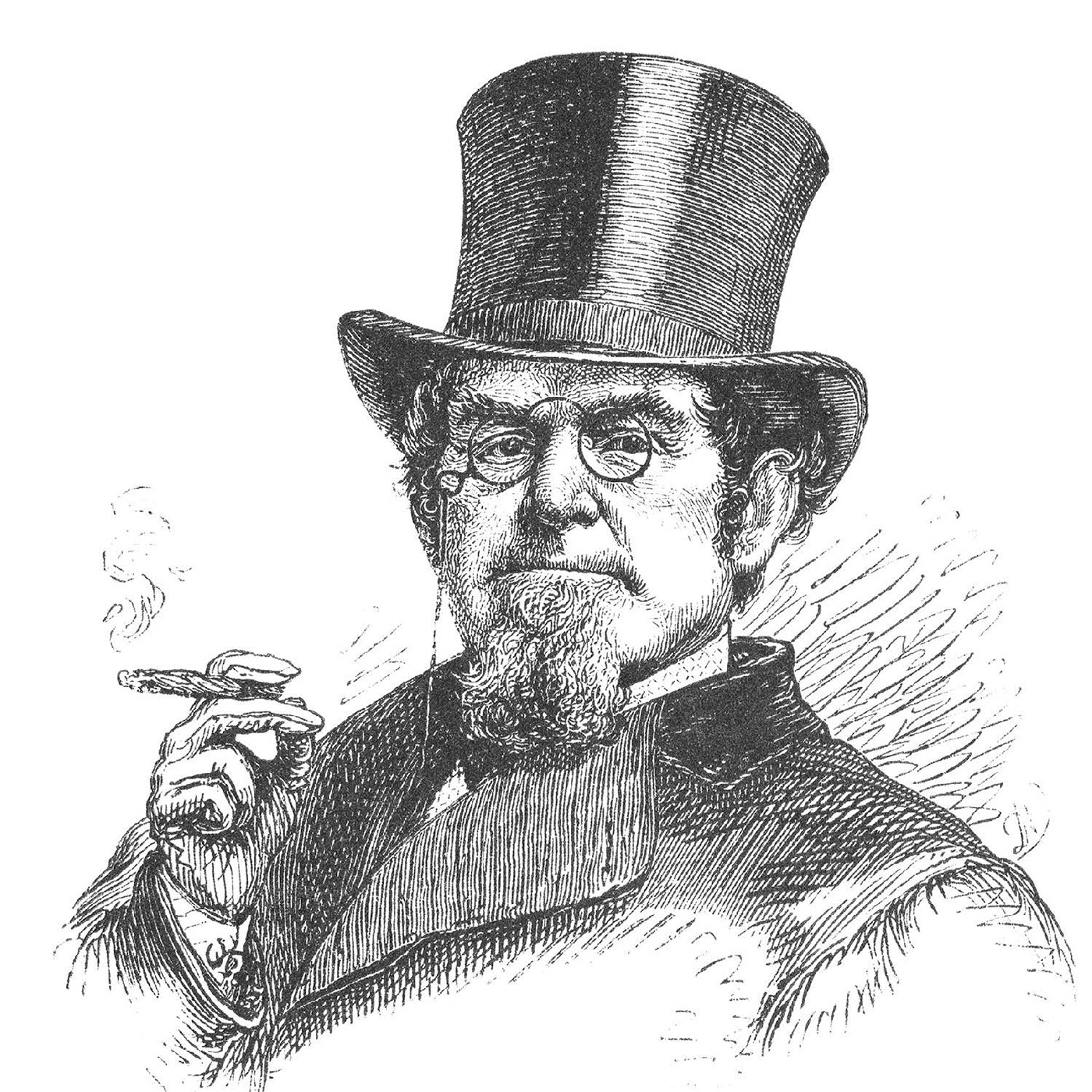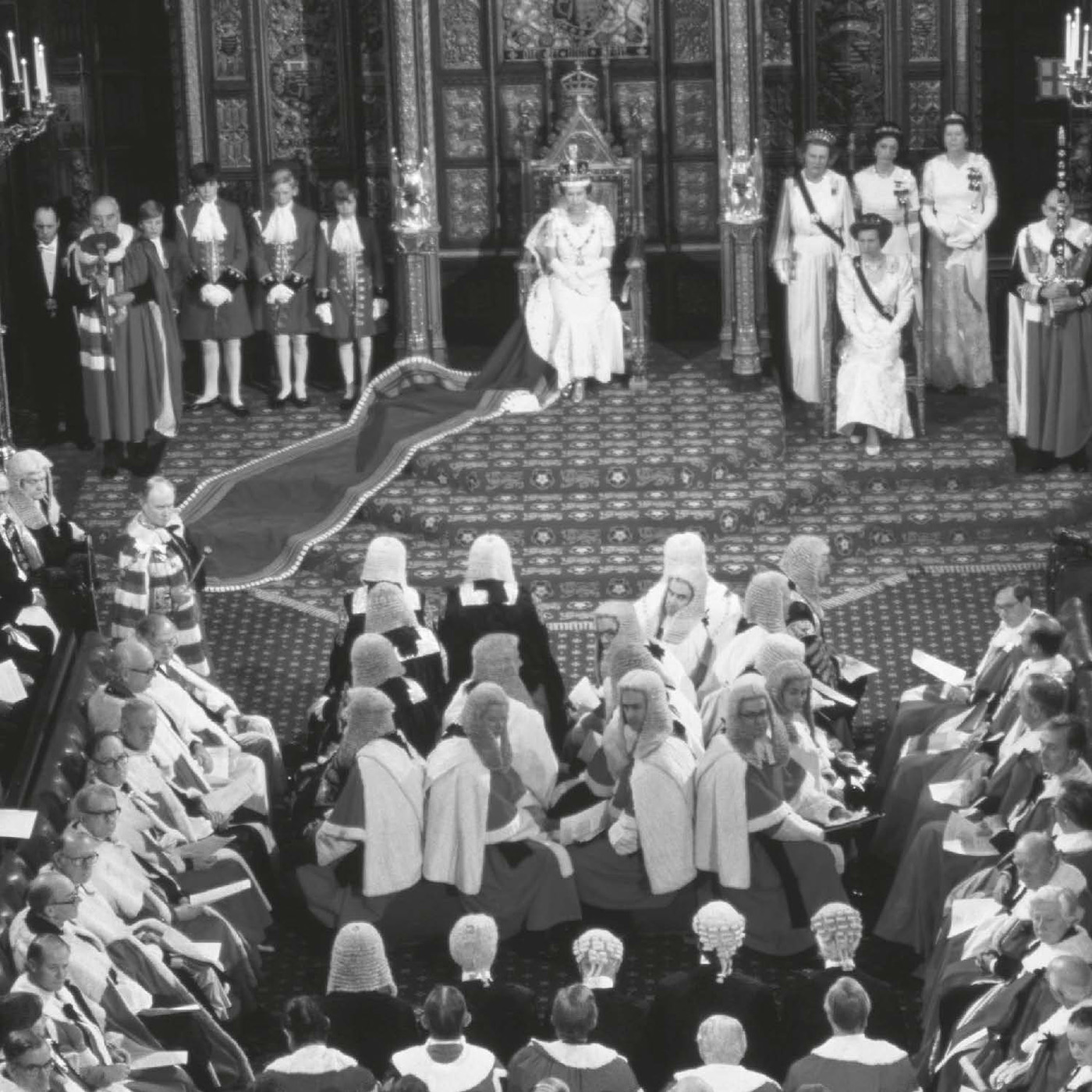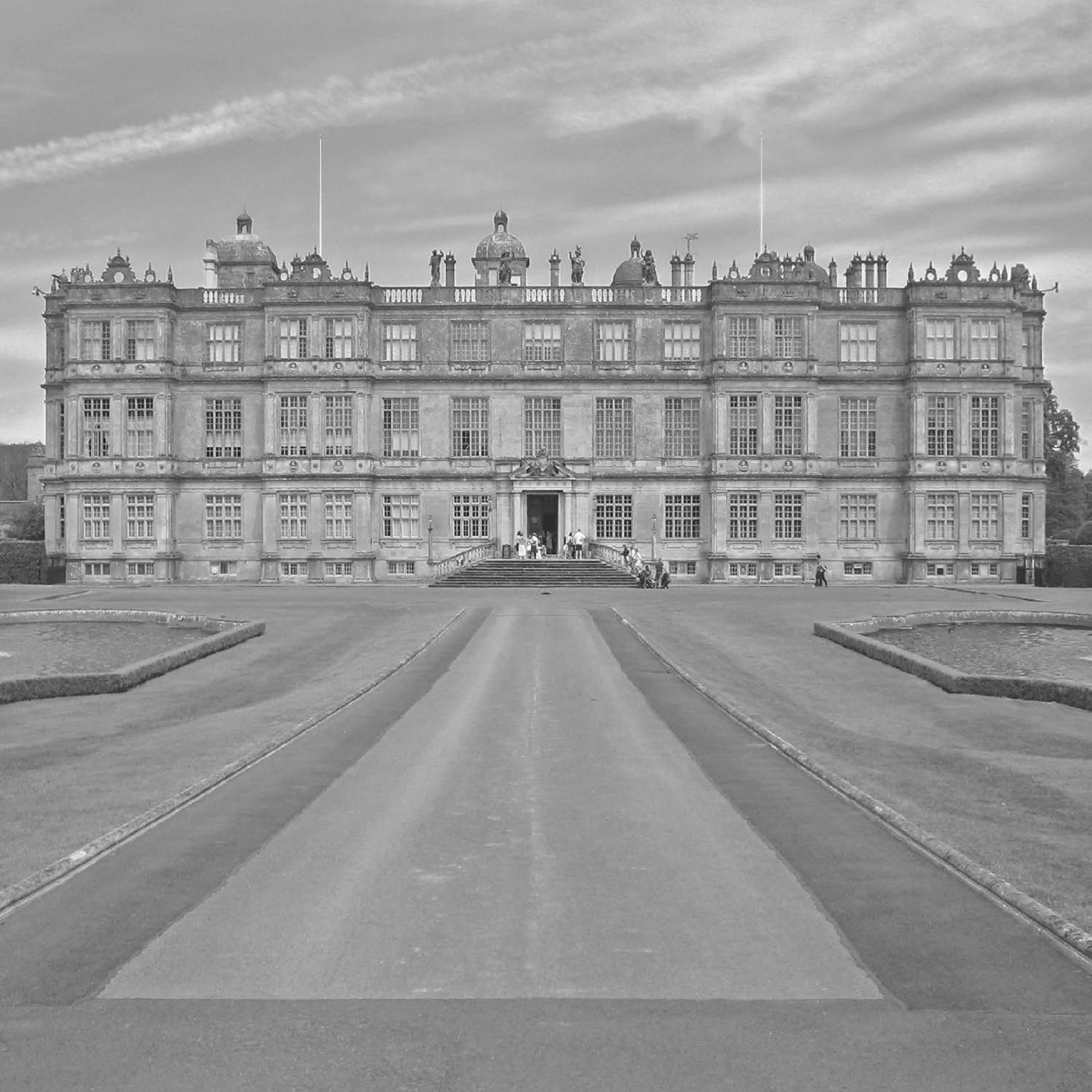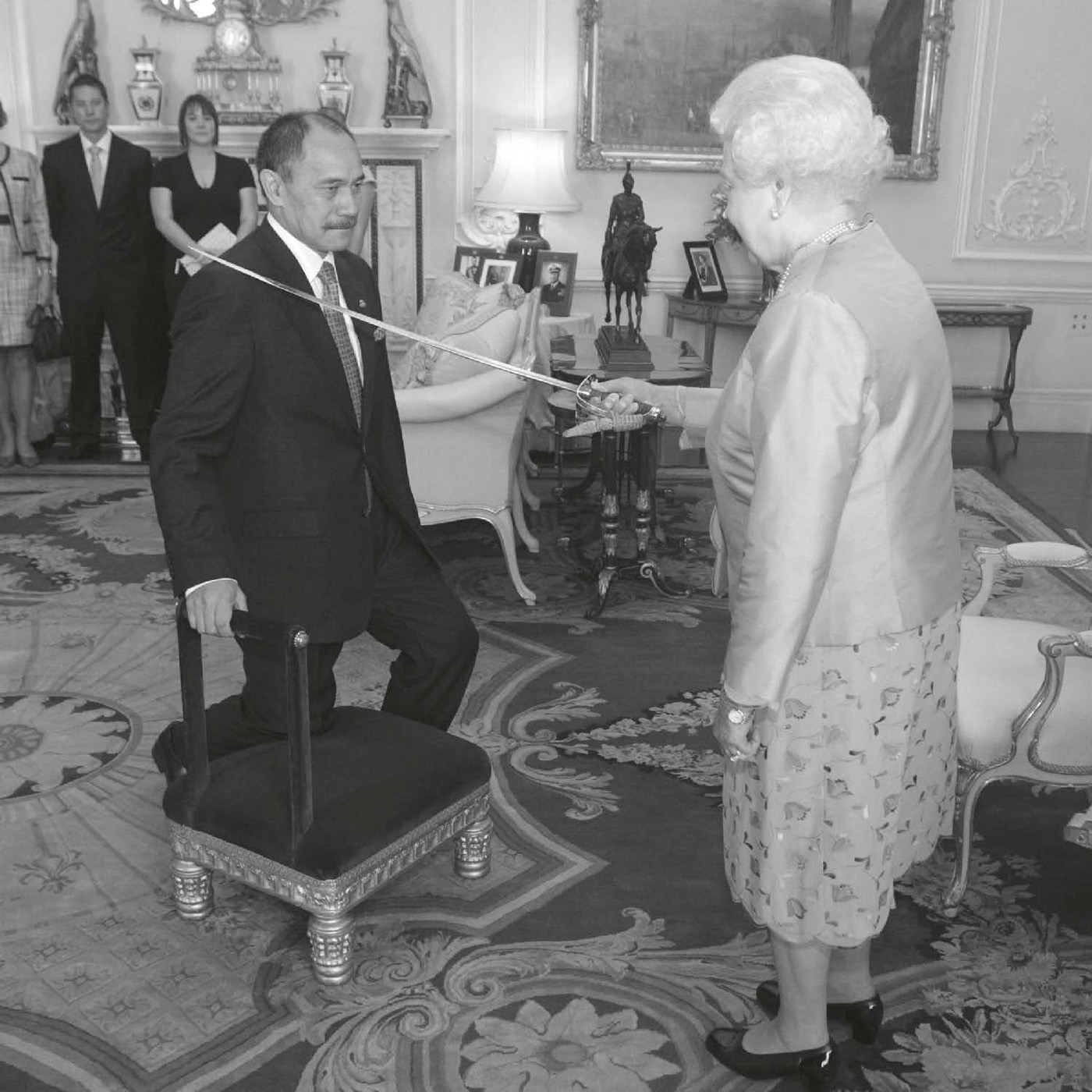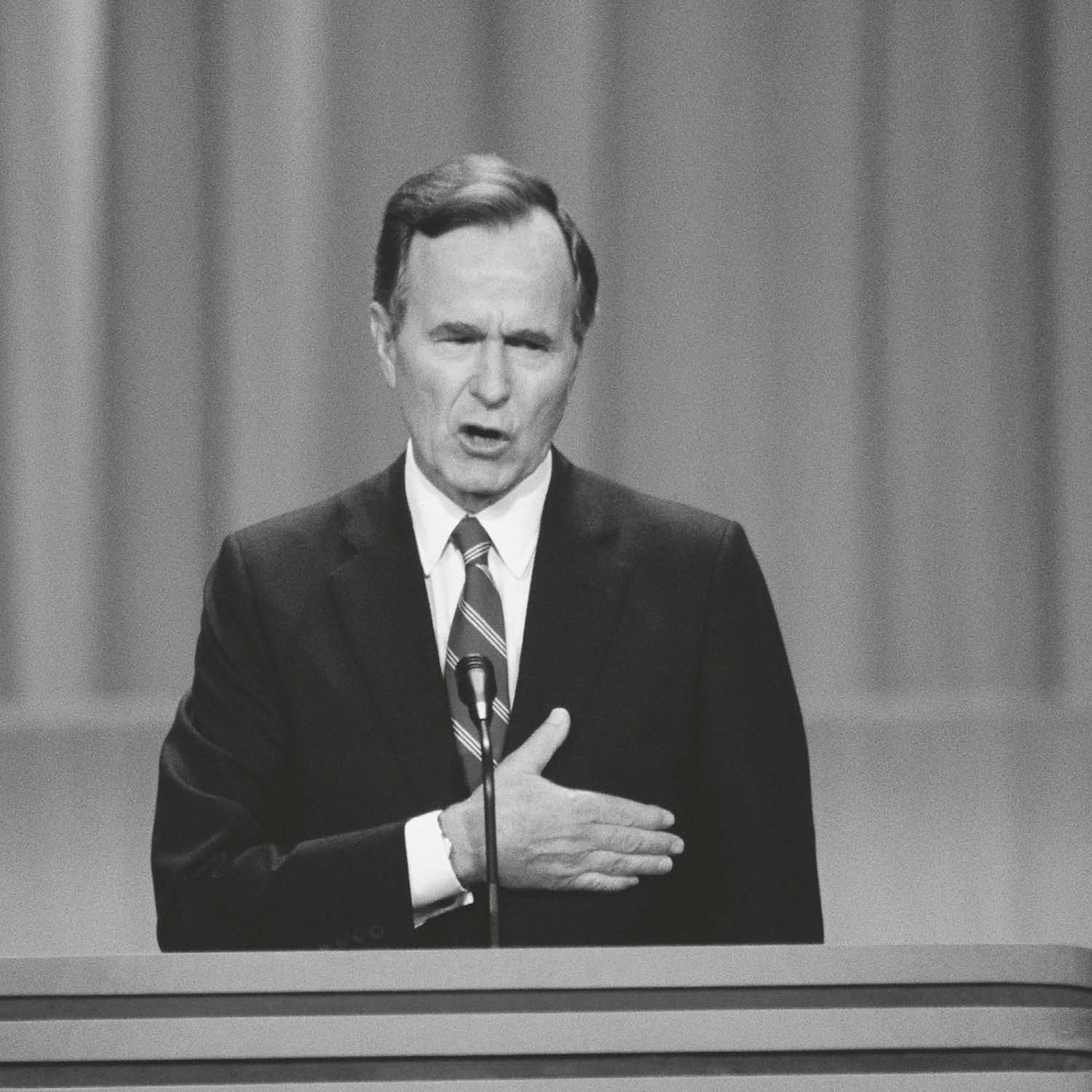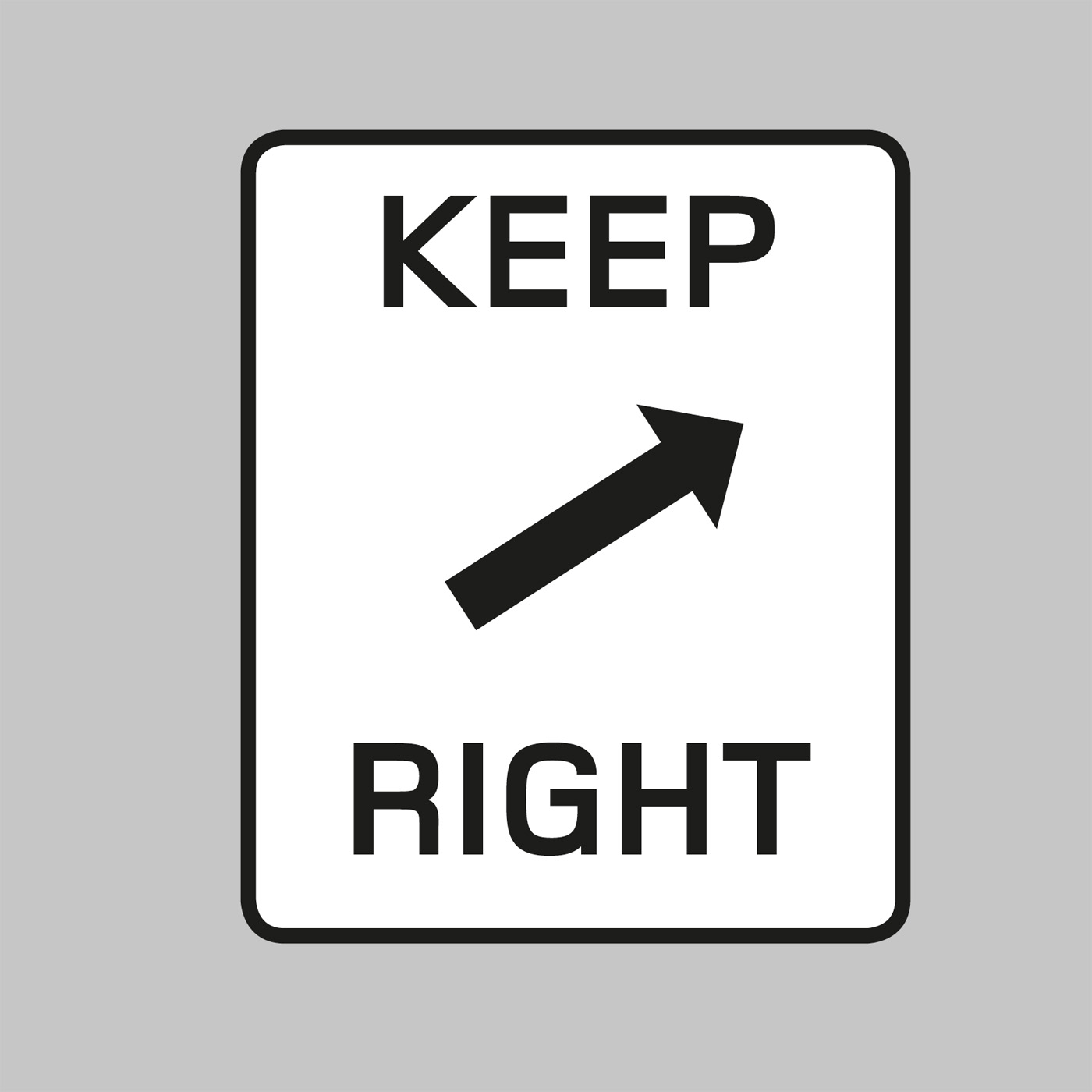A number of very different political ideologies have their roots in Enlightenment philosophy. It was a time of change, when thinkers suggested various alternatives to the old order, based on reason rather than faith. But there were those who resisted the idea of change, particularly the radical, tumultuous changes of the 18th century onwards.
Conservatives, as they came to be known, advocate a retention of traditional values, and tried and tested governmental structures, which they argue are the result of a long evolution. While conservatism takes several slightly different forms, conservatives in general tend to support the ideas of a ruling class or monarchy, traditional models of family and community, and a role for faith and religion in providing moral guidance and social cohesion. A central tenet is order, both in terms of an authoritarian attitude to public order and lawlessness, and in particular the protection of private property, and the belief in a hierarchical social order rather than equality.
Conservatism as a political ideology emerged as a reaction to the profound political changes of the 18th century. And although it was seen as a counter-revolutionary movement at the time, and later as a moderating force, there is more to it than simply opposition to change. Central to the conservative philosophy is the idea that social and political structures have evolved gradually, and are the result of practical experience. Established traditions should be respected, as they contain the accumulated wisdom of complex societies.
These include institutions, such as organized religion and a ruling class, which form a solid basis for political systems and structures. There are also traditional social structures – families and communities – which are held together by shared beliefs and values, which tend to emphasize law and order, authority, conventional social behaviour and private property. Change to society and its organization, if at all necessary, should be gradual and cautious.
A ruling class, the right to rule
The counter-revolutionary aspect of conservatism was, unsurprisingly, especially prevalent in France, in the chaos following the Revolution. One of the founding fathers of European conservatism, Joseph de Maistre, pointed out what he saw as the disastrous effects of such a rapid and radical change in the political order, and especially the lack of a strong leader to maintain order. He believed that this was due mainly to the removal of the hereditary monarchy, whose authority came from long history of ruling and was endorsed by God.
While not all conservatives, especially today, are so supportive of royalty and their divine right to rule, the notion of a ruling class underlies all conservatism. Humans are not naturally equal, and the social order is based on a division between those who need to be led and those suited to lead. For many conservatives, this means a hereditary, privileged ruling class who are not only best qualified and experienced to rule, but will also protect the legacy of the country for the future.
Alongside the idea of a privileged class with a hereditary right – some would say duty – to rule, conservatism supports the idea of inheritance of wealth and property, and the ownership of private property in general. Entitlement is at the heart of this belief, harking back to the entitlement to property granted to noble families by the monarch in feudal systems. But starting with the rise of wealthy industrialists during the Industrial Revolution, the notion of entitlement evolved from divine rights and aristocracy to the protection of private property in a capitalist society.
Conservatism is now associated not so much with the old aristocracy as the new privileged class of industrialists and financiers, and their entitlement not only to wealth but also to a degree of power. Conservative governments, therefore, tend to shape their policies accordingly, placing more emphasis on protection of property than rights and freedoms, arguing that the creation of wealth benefits society as a whole.
The conservative emphasis on protection of property, rather than individual rights and liberty, carries with it an implication that without strict laws and enforcement humans would revert to an anarchic state in which everybody would be out for what they could get. To maintain order and protect property governments must strictly exert their authority. This can be done by enforcing respect for traditional community and religious values, and obedience to political authority by reinforcing rigid social hierarchies.
Law and order are therefore a cornerstone of conservative policy, and in practice this may often be in the form of opposition to calls for civil rights and liberties, and even with some authoritarian conservatism an antipathy to popular participation in representative government. This sort of authority, wielded by a ruling elite both qualified and entitled to govern, places duty over rights, and is necessary to strengthen the institutions that maintain stability within society.
Some conservatives believe in a paternalistic approach to government, which provides for the needs of the people rather than granting them rights or personal autonomy. In the conservative social hierarchy, the inferior classes are not only inherently lawless, but also in need of moral guidance and even material assistance, which is provided by the leadership of a superior, educated and wealthy class. This idea was prevalent in Victorian Britain and other industrialized countries, where philanthropy and public duty were held up as virtuous alternatives to socialist ideas. Paternalism, however, assumes that the government knows better than individuals what is good for them, and has the right to dictate how they should behave. It also assumes that the disadvantaged in society should be reliant on the goodwill of the wealthy ruling class. Contemporary conservatism continues this tradition with the idea of ‘trickle-down’ economics and moral guidance in the form of ‘nudge’ legislation – encouraging people to behave in ‘good’ ways, with tax breaks for savers and taxes on alcohol.
Are compulsory seatbelt laws an example of sensible legislation, or a case of ‘nanny state’ overprotection?
A particular form of paternalistic conservatism emerged in Victorian Britain that stressed the traditional value of community and played down the authority of a ruling class. This was in response to liberal and socialist movements, which had demanded social change by highlighting inequalities in society. So-called ‘one-nation’ conservatism – the phrase coined by Prime Minister Benjamin Disraeli (pictured) – attempted to appeal to the inherent conservatism of the working class, and at the same time minimize the perception of an ‘us and them’ society. In contrast with the class struggle that had been proposed by Karl Marx (see here), one-nation conservatives interpreted the social hierarchy as an organic entity, with each of the social classes having obligations and duties to the others, and to society as a whole. The lower classes accept the obligation to provide their labour and forego some privileges, and in return the upper classes take on the duty of paternalistic care, reflected in a more progressive attitude to reform of social and welfare policy.
In Europe and Latin America, the Catholic church, and to a lesser extent the Protestant churches of northern Europe, have long been a central pillar of community cohesion. Christian teachings have been influential in the social policies of conservative parties, tempering modern ideas of democracy with religious conservatism. A number of centre-right movements define themselves as Christian Democrats, adopting a generally liberal stance on economic policies, but a more traditional attitude towards social, cultural and particularly moral issues. Social conservatism is what marks European parties, such as the German Christian Democratic Union, from the left-of-centre social democrat parties. In Catholic countries, especially in Latin America, however, Christian Democracy tends to be much more right-wing on social issues. In the USA and Britain there is no formal link in the form of a specifically Christian Democrat party, and in strictly secular states such as France the movement is virtually non-existent.
Liberal and libertarian conservatism
Originally, in the 19th and early 20th century, ‘liberal conservatism’ referred to a combination of conservative social values – a respect for tradition, authority and religion – with a laissez-faire attitude to economics. This, said Edmund Burke, a founding figure of British conservatism, is a classically conservative stance: ‘The laws of commerce are the laws of Nature, and therefore the laws of God.’ As economic liberalism became part of the ideology of almost all mainstream conservatism, the word ‘liberal’ was increasingly dropped. It rose again in the mid-20th century, but this time it referred to the strand that adopted some measure of social (as opposed to economic) liberalism, moving somewhat to the left on issues such as welfare, civil rights and the environment. Confusingly, another strand of conservatism emerged, based on even stricter laissez-faire economic policies, and described as ‘libertarian conservatism’. Advocating completely free and unregulated markets, libertarian conservatives are also socially right-wing, opposing redistribution of wealth through taxes.
The term ‘New Right’ has been attached to a number of different conservative movements in the latter part of the 20th century. With the collapse of Soviet communism in the Warsaw Pact countries, it described the emergence of right-wing parties especially in eastern Europe. But it also refers to the development in the UK and USA in particular of a form of conservatism based not so much on class and tradition as a combination of very conservative social policies and very libertarian, laissez-faire economic policy.
A neoconservative movement – a backlash against the idealism of the ‘swinging sixties’ – flourished from the 1970s onwards, most influentially under the leadership of Margaret Thatcher in Britain and Ronald Reagan in the USA. In place of the paternalistic conservatism that preceded it, they advocated a meritocratic society with minimal government, opposed to government interference in the markets, and committed to cut both taxes and public spending.
